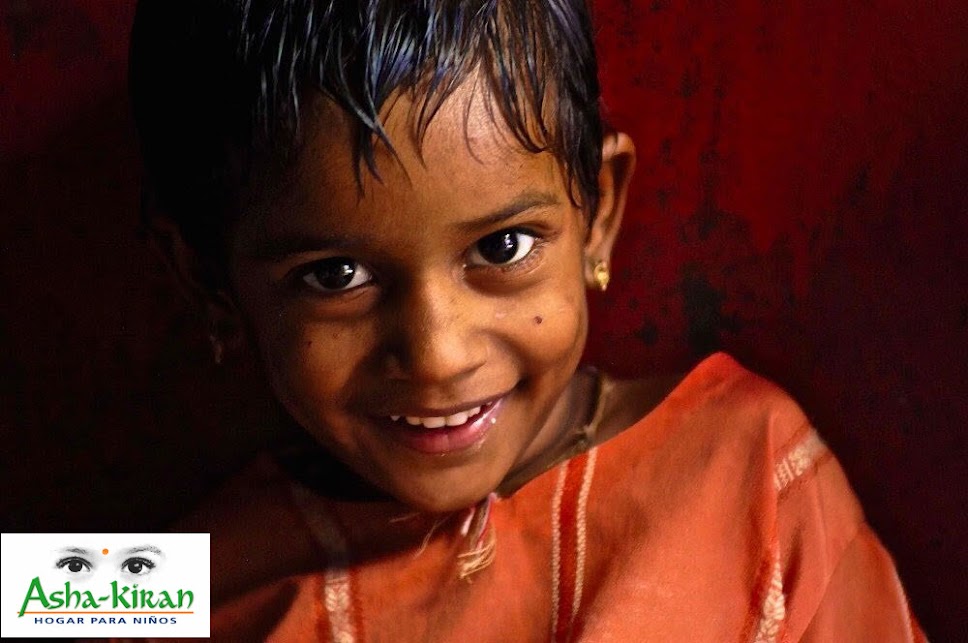International
Migrants Day is observed on December 18. It was established by
the General Assembly of the United Nations in the year 2000, taking into
account the large and increasing number of migrants in the world.
It is seen
firstly as an opportunity to recognize the contributions made by millions of
migrants to the economies of their host and home countries, and secondly, to
promote respect for their basic human rights. It is observed in many countries
through the dissemination of information on human rights and fundamental
political freedom of migrants, and through sharing of experiences and designing
actions to ensure their protection.
In India,
there are 309 million people constantly on the move in search of sources of
work. Despite making up 30% of the total population in the country, migrant
workers are excluded from economic, cultural, social and political life, and
are often treated as second-class citizens.
The limitations
faced by migrant workers are many: lack of political representation, inadequate
housing, low wages, unsafe or dangerous work, limited access to health services
and education, and discrimination. Deprived of legal identification and
residence, they cannot claim social protection rights and are excluded from
government programs.
Children
are the most vulnerable and unrecognized group among migrant populations.
Children migrate independently or go along with their families. They often cannot
exercise their basic rights, do not attend school, suffer health and safety
risks, and are deprived of the critical inputs necessary for their physical,
psychological and emotional wellbeing, all of which has a devastating impact on
their overall development.
These
children’s right to education (within the framework of the Right to Education
Act) is constantly threatened because their frequent displacements hinder
continuity in their education. In addition, migrant children are forced to join
the labor force at a very early age. The wages they can earn are minimal or
nonexistent, since in spite of working long hours, they do so as unregistered
and invisible employees.
In Pune, the
city where Asha-Kiran unfolds its work, there are many construction sites that attract migrant workers. Once hired, they raise their shacks
within the construction sites, but since both parents work, children are not looked after during the work day.
In order to
provide the care they need and counteract, at the same time, the many obstacles
they face in their development, Asha-Kiran establishes links with construction
companies. The companies provide the physical space where children can be safe
during the day, and Asha-Kiran provides the teachers, non-formal education,
medical and dental care, nourishment and age-appropriate activities. Thus, our Day
Centers for Migrant Children project addresses some of their limitations and
works to provide better present and future living conditions for them.
Sources: wikipedia.org
unicef.org









